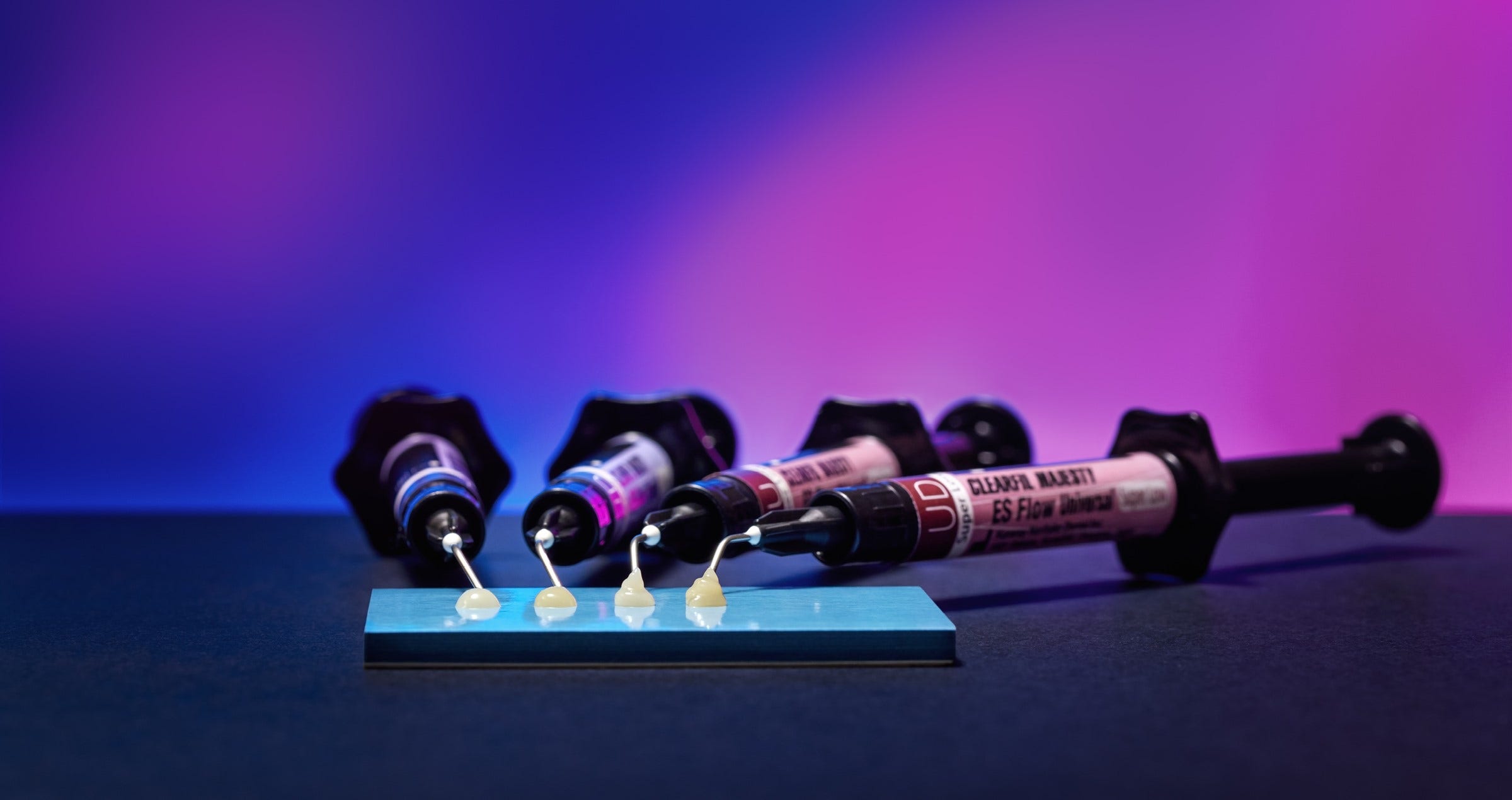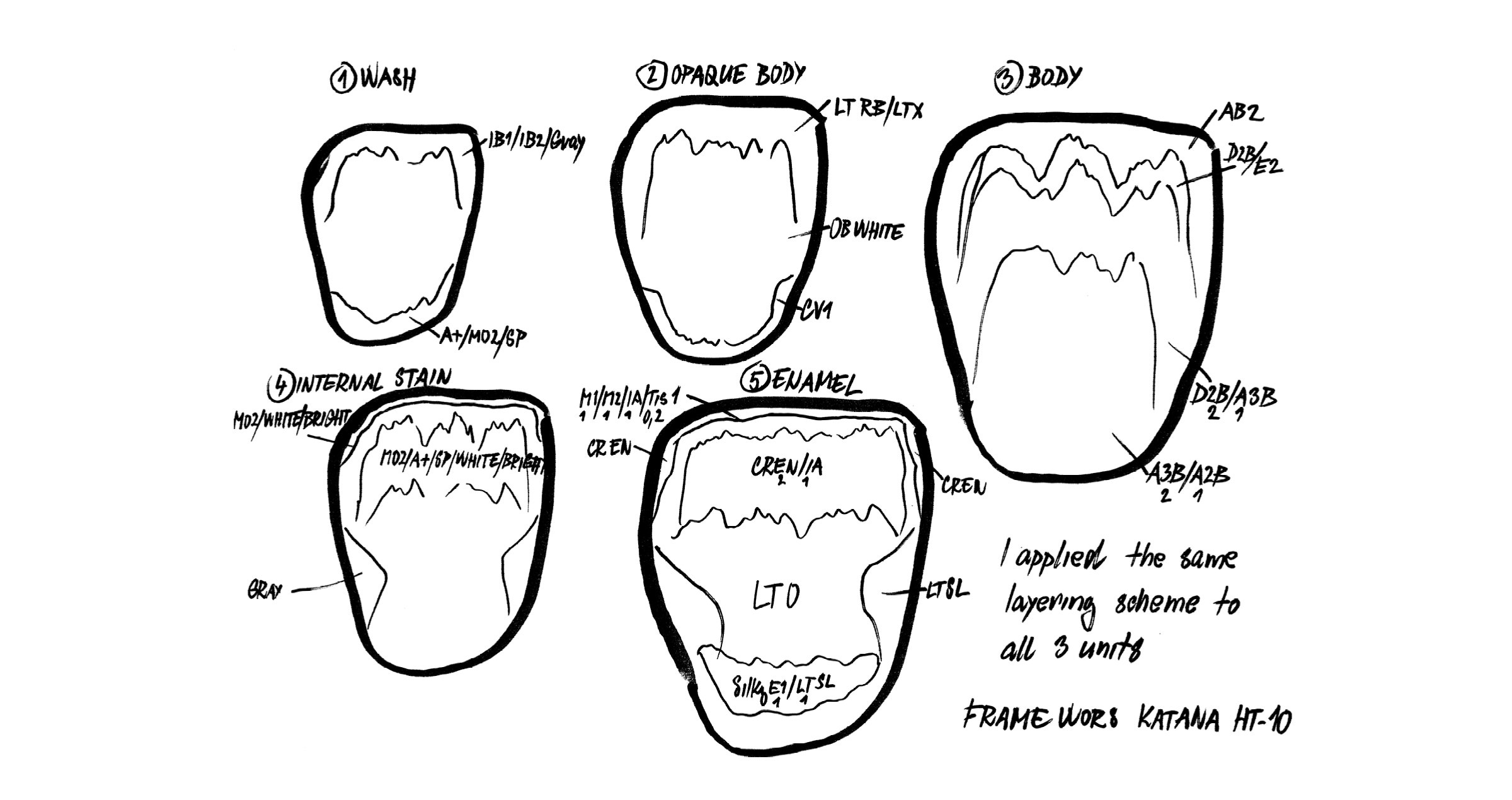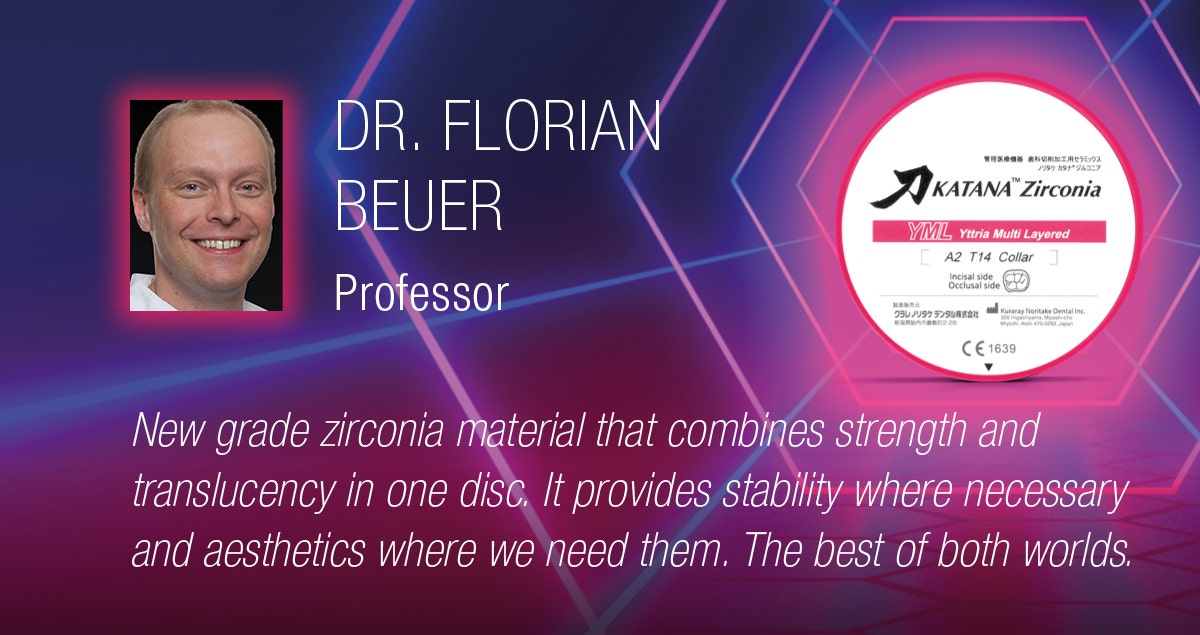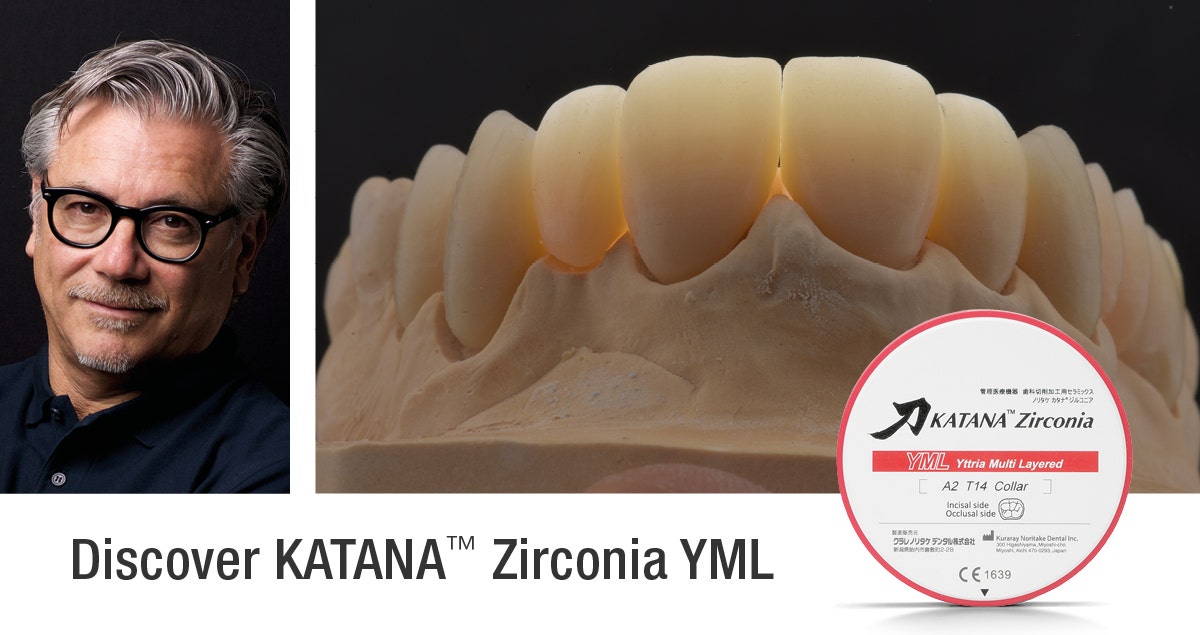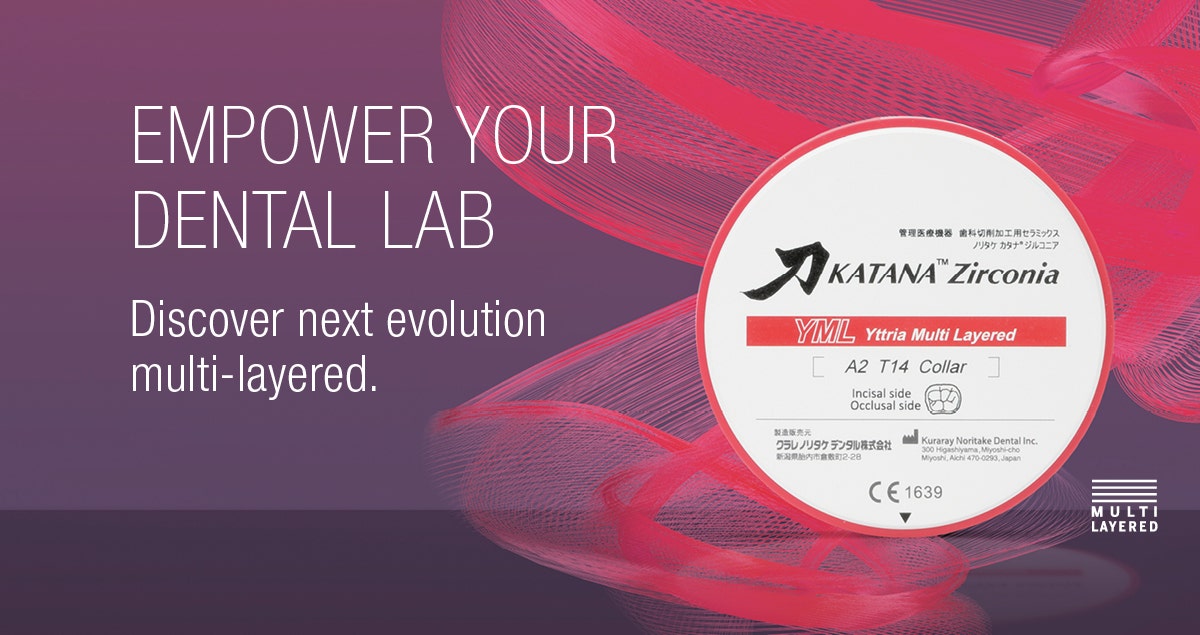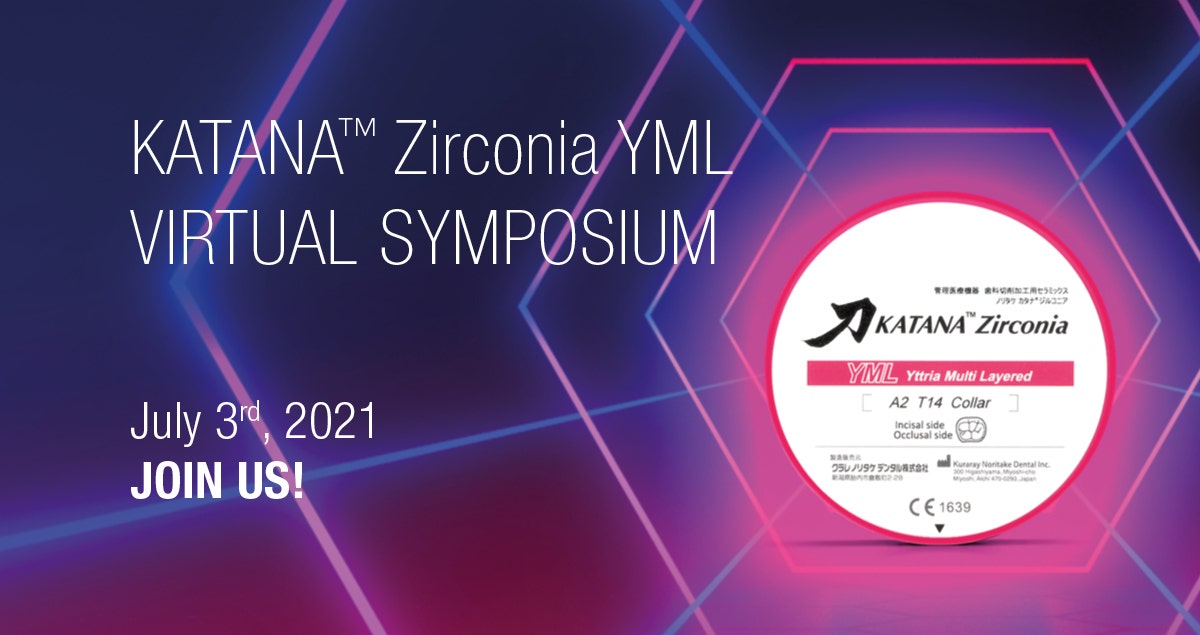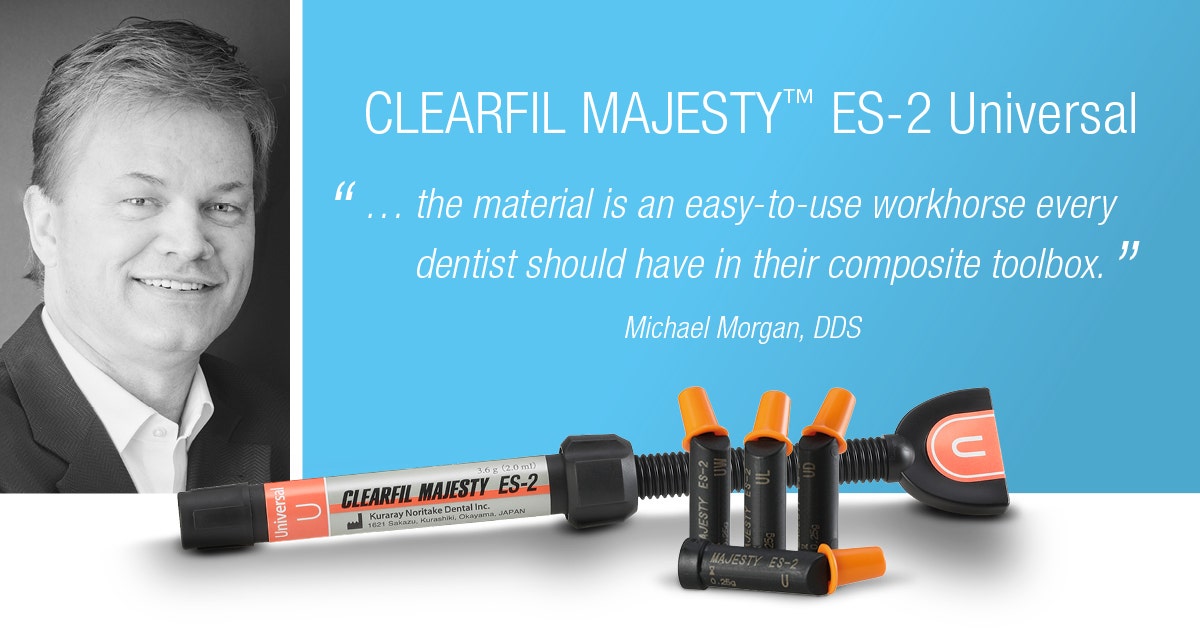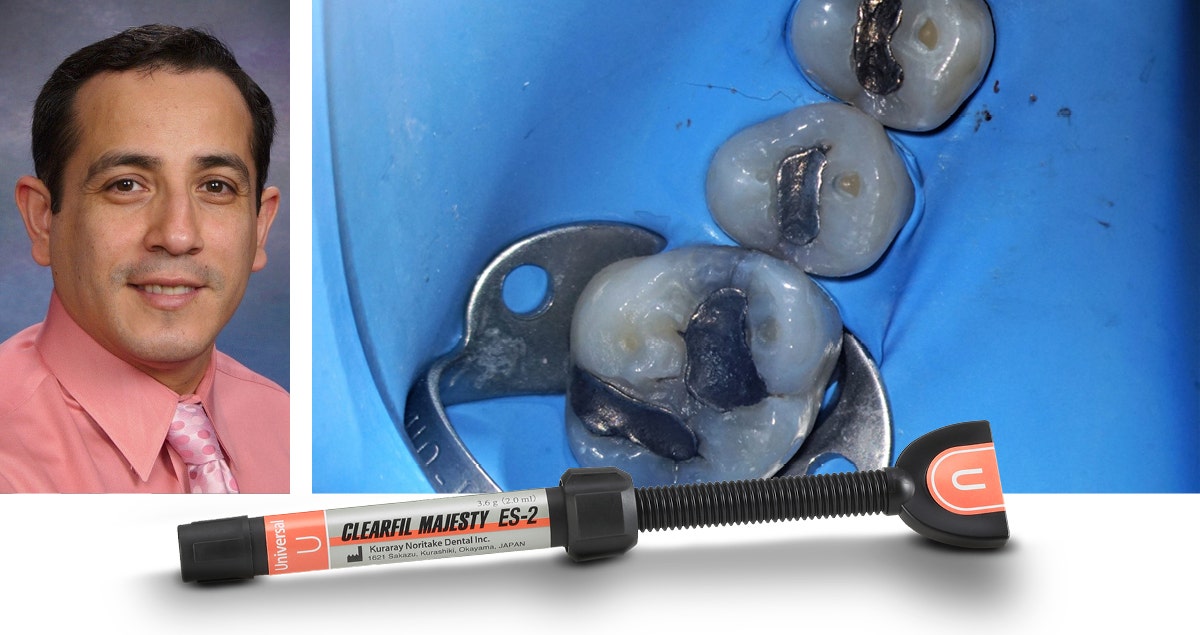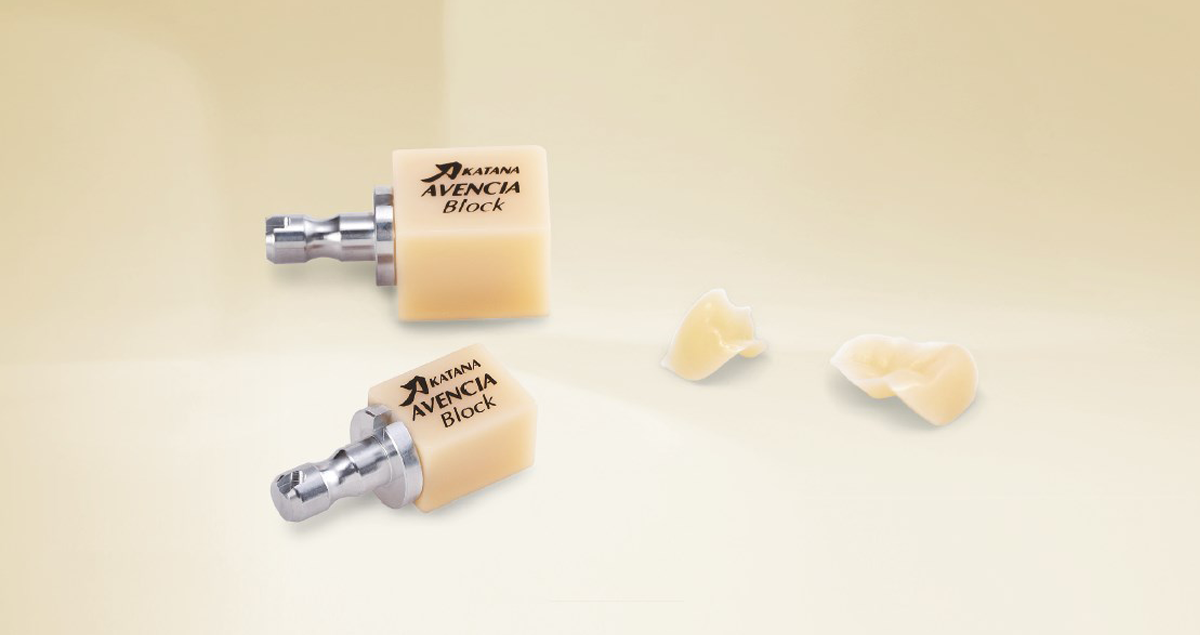Dr Max Andrup, a 2010 graduate of Umeå University, currently runs a private practice in the city of Hudiksvall in Sweden, where he maintains a passion for restorative dentistry with a biomimetic approach. In this interview, he discusses the future of restorative dentistry and explains why he relies on Kuraray Noritake Dental’s products for his daily workflow.
Dr Andrup, could you please tell us a bit about your dental career to this point?
For the first few years of my career, I pursued a residency as an oral and maxillofacial surgeon. For various reasons, I ended up buying my own practice instead, and I couldn’t be happier with that decision! It allows me to take my time with patients and focus on delivering high-quality treatment together with co-workers with whom I really enjoy working.
How did your passion for restorative dentistry develop?
I have always enjoyed bringing patients’ dentition back to a functional and aesthetic state. I’m not sure why exactly, but I started looking for dental accounts on social media to broaden my horizons and to see how others solved challenging clinical situations. This was a turning point for my career, as I found so much inspiration and learnt a great deal from what others shared.
Do you have a dental philosophy? If so, what are its guiding principles?
Knowing that many people don’t really like going to the dentist, my goal in my practice has always been not just to provide excellent oral care but also to offer a comfortable and relaxing experience. My ultimate goal is that no patient should feel anxious about his or her visit. The patients don’t necessarily have to look forward to their visits, but they shouldn’t be something over which they lose sleep.
When were you first introduced to Kuraray Noritake Dental's portfolio of products?
About three years ago, I found these Instagram accounts talking about gold standard adhesives and biomimetic restorative dentistry. This piqued my interest, and I started to read many scientific papers in order to understand why some adhesives worked better than others, why certain composites are preferable when replacing deep dentine, and so on. Products from one particular company kept coming up: Kuraray Noritake Dental. I had never worked with their products before but, convinced as a result of what I’d read and seen, I ordered a starter pack with CLEARFIL™ SE Protect adhesive, CLEARFIL MAJESTY™ Flow and CLEARFIL™ AP-X and haven’t looked back since!
Which Kuraray Noritake Dental products do you use on a daily basis in your workflow and why?
The one product I couldn’t survive without is the CLEARFIL™ SE Protect adhesive. It brings a level of research and clinical backing that gives me a feeling of confidence when conducting restorative dentistry. It contains the MDPB monomer, which results in lower levels of bond degradation. If you want to achieve a bond strength to dentine in the range of 40-50 MPa* it all starts with the right dentine bonding agent, and CLEARFIL™ SE Protect is just that.
*depending on testing method
What do you think will be trends, or points of emphasis, in restorative dentistry moving forward?
Unfortunately, I believe that the trend in the field of dentistry will continue to move towards simplification regarding bulk-fill restoratives and one-step adhesives. I can understand why-simple procedures are faster, and many clinicians have very limited time. The truth is, however, that developing a strong bond to dentine takes time, and you need to have an understanding of how the materials work to make the bond last.
In the past few years, new technologies have emerged that make it easier to study what happens in the bottom of a cavity when placing bulk-fill restoratives and, as expected, the contraction stress from the polymerisation process forms gaps in the cavity floor. This results in postoperative sensitivity and eventually a degraded bond. Getting a strong and durable bond to dentine starts with a gold standard adhesive like CLEARFIL™ SE Protect, but if you don’t respect the hybrid layer and place bulk fill over it, it will most likely fail.



